When I speak with investors across the country and discuss the pricing of multifamily in the Boston area, I get an interesting mix of reactions. The most common reaction is shock and confusion as to why our core strategy today is focused on purchasing multifamily at prices that range from $350K to $600k+ per unit. Compared to many investor-favored markets around the country such as in regions in the southeast and southwest where inventory typically trades at $100K-$250K per door, Boston’s pricing is a sticker shock to many.
This bodes the question to many of why we continue to acquire in this market and not look at cheaper markets. “You can buy so many more units in the south!” or “there is no way you are cash-flowing as high as we are” are the typical arguments I hear. Though there is certainly some truth that buildings in other regions may provide with a bit better monthly cash flow, they are forgetting that the equity and exit is the one of the key drivers of returns (and hence wealth) in a real estate investment.
Let’s first talk about cash-flow; although cash flow is very important to a real estate deal, it’s not the end-all metric that delivers returns on a deal. Popular blogs and resources on real estate investing tend to focus on this aspect of investing, yet it doesn’t necessarily align with what financially drives returns in a deal. One of the best arguments I’ve heard against this comes from a mentor of mine that said though cash-flow is important (and you should really never buy anything without it), it’s a defensive mechanism and it does not ultimately drive returns on a deal. Play around on an excel model of a deal analysis and see which assumptions tend to make the biggest differences on overall deal metrics such as AAR or IRR. You’ll see it’s assumptions such as rental growth rates and other appreciation rates, cap rates, and stabilized values move the needle the most.
Investment returns are driven by the equity in a building. Since the values are key, and in commercial real estate the values are determined by the NOIs, it becomes clear that most of the money is made in increasing NOI. Whether your cash-on-cash return is 5% or 7% on a given year becomes much less significant as compared to what your buildings are projected to be worth several years down the line. Again, don’t get me wrong; buying something that produces positive cash flow is a necessity, as you won’t survive the years it takes to increase a building’s NOI when you are losing money every month. Yet, the ultimate target of a deal needs to be increasing and maintaining a strong NOI rather than focusing on how much money you can take home on a month-to-month basis.
How does this all relate to buying in an expensive market versus a cheaper one? If the business plan is to hold over a long period of time, then it becomes imperative to invest in a market that over a long haul can provide consistent and stable year over year growth, will have continued strong economic growth, and continued housing demand. Identifying these factors will lead to consistent rental growth rates, stable cap rates, and long-lasting demand for real estate. Are the more volatile markets across the country (that yes, currently are on fire and experiencing great growth) better than established, proven, and dominant hubs such as Boston? That’s the choice every investor needs to make.
One other thing; I by no means am advocating for one market over the other. As I write this, I’m actively starting to put plans in motion as to how we can expand our portfolio into some of these other markets to get some different exposure for ourselves and investors. I think having a balanced portfolio is important that is exposed to different types of growth opportunities. Yet, next time you are analyzing a market and write it off because “it’s too expensive”, I urge you to dig deeper into the data and numbers and understand the underlying opportunity.

